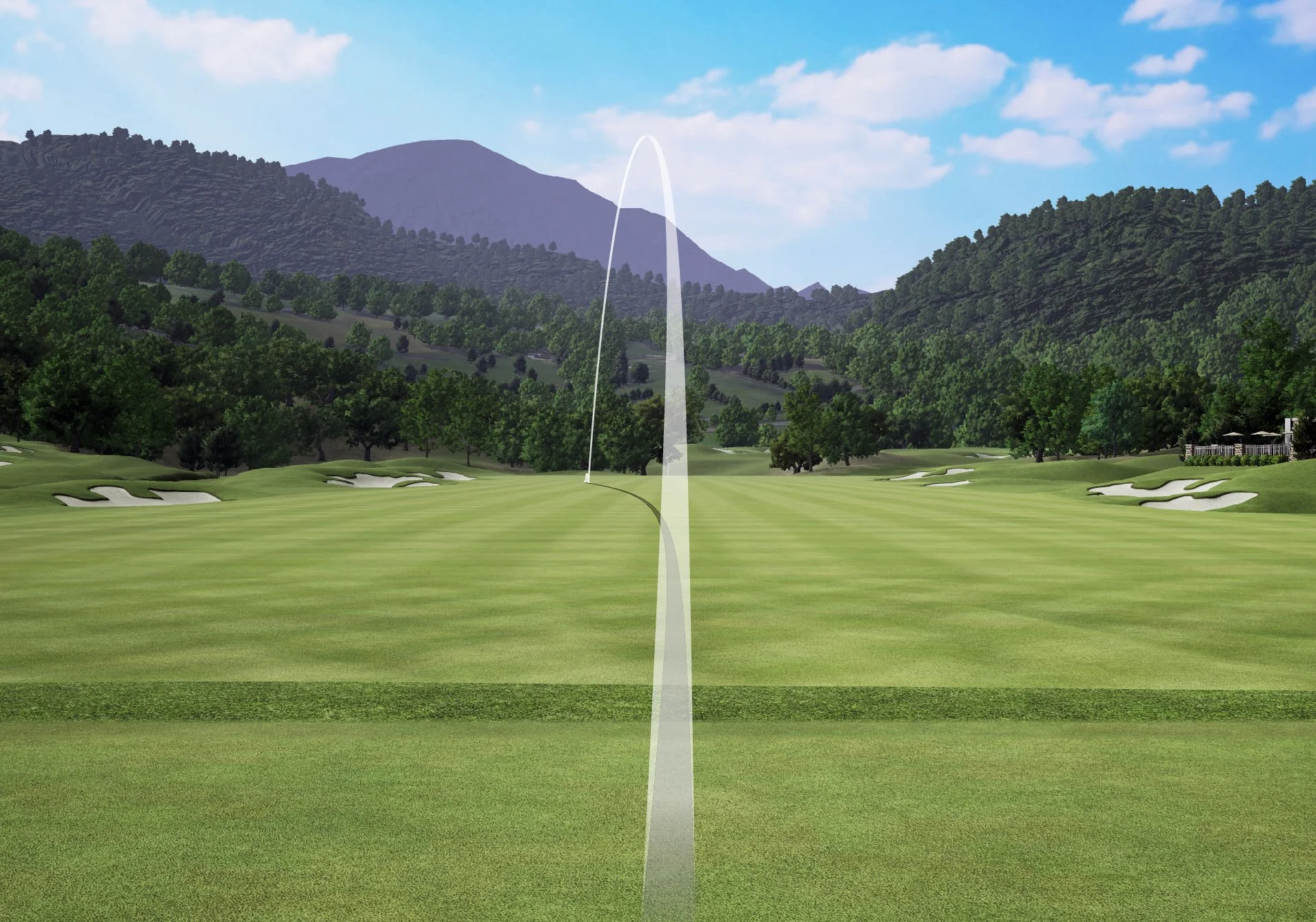Too many wedges spoil the loft!
I am very much an advocate of golfers, no matter what level you are at, copying something one of the top players does, whether it be what they think on the course, what a certain swing thought is and so on. However, I think amateurs (high handicappers in particular) would do best to stay well away from this one………. Putting more than 3 wedges in the bag! With the expertise the pros show in their short game, the finesse, the touch, it’s brilliant to watch. I notice a lot of amateurs, in need of a better short game and touch around the green, investing in numerous wedges with lofts no more than 4 degrees apart starting from a modern day 45 degree Pitching Wedge, all the way through to a 60 degree lob wedge!
‘Why’ I hear you cry. To put simply, to be a great chipper and pitcher of the ball, you need to have the ability to ‘control the loft on the club’. For example, if you have a wedge which says 52 degrees on it, to control the trajectory of the shot (the flight path) and contact the ball as well as you possibly can, you need to have the ability to ‘feel’ what the loft is at impact. This is controlled by either leaning the handle of the club towards the target or slightly away from the target.
Now, when a high handicapper hits a chip or a pitch, the likely outcome is he/she will thin it through the green or duff it barely 3 yards in front of them. Why is this? In my experience the majority of golfers try and lift or scoop the ball up in the air, trying to, subconsciously, add loft to the golf club. This doesn’t make sense however since there is already a lot of loft on the club itself…… in this case 52 degrees! The results are even more disastrous with a lob wedge. If we catch the ball well and we increase the loft at the same time, guess what’s going to happen? The ball flies up the air barely reaching half way to your target. Next time when we swing the lob wedge? We put a longer swing on it as we are reacting to the result we got previously. The danger in this is if we don’t catch the ball very well we run a massive risk of thinning it and, combined with a long and powerful swing, is a recipe for that ball shooting 50-80 yards past the green……… a highly embarrassing result!
One of the keys to good golf as mentioned previously is to keep things simple. Investing in 4 wedges is giving the golfer far too much choice over the shot which leads to confusion which leads to poor short game play.
Do yourself a favour…….. stick to 3 wedges maximum (pitching wedge, gap wedge and sand wedge) and learn how to manufacture shots with them, hit it high, hit it low, but most of all, get to know them and love them before discarding them for a lob wedge.
Always advise someone who has a weak chipping and pitching action who owns a lob wedge to treat the loft with caution!






